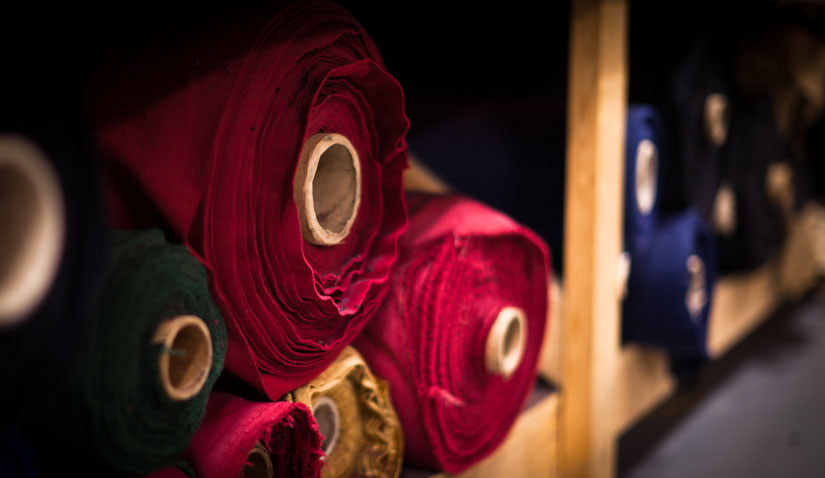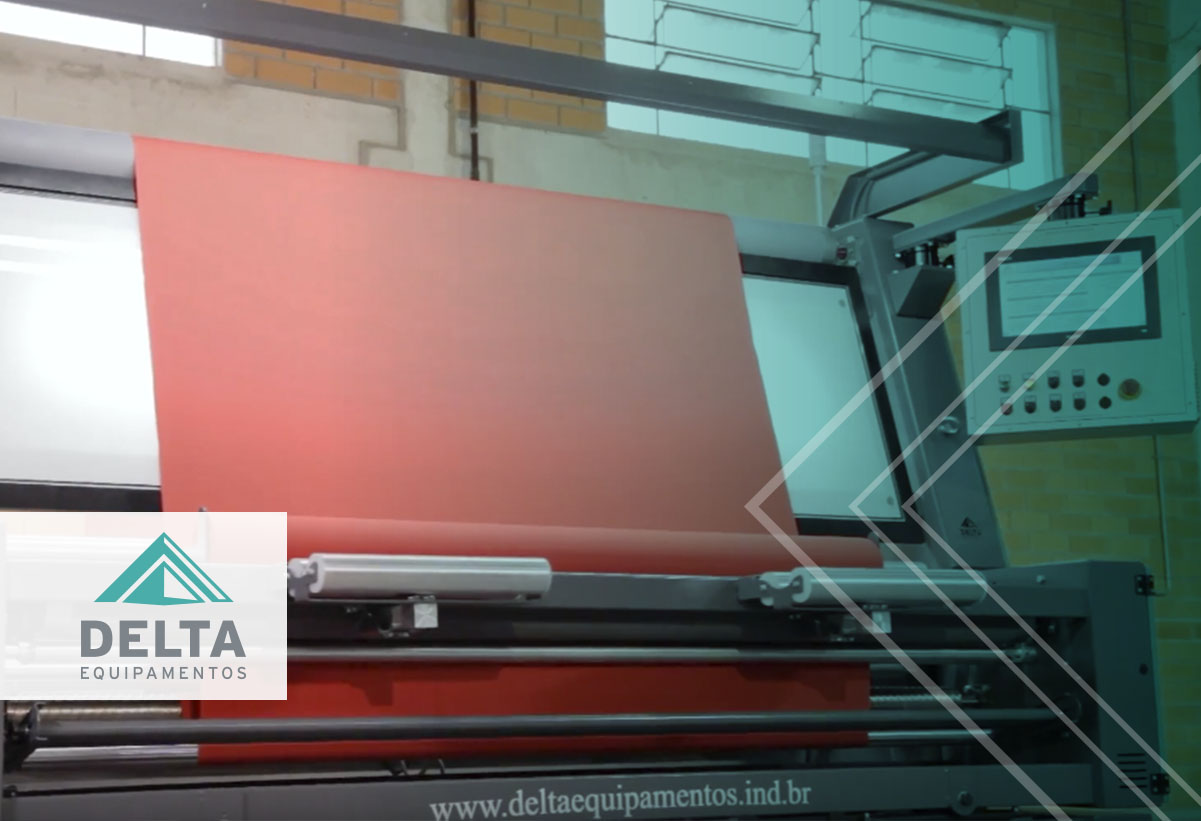Textile quality control starts much earlier than the process of making the final product. Its implementation is essential at one of the extremes of production: the selection of raw materials.
Before starting to use a mesh roll, it is important to identify possible defects, such as holes and flaws. Control allows you to eliminate waste, reduce costs, guarantee the desired quality of parts and map the best suppliers for your textile industry.
The quality of a roll of mesh will influence all the results that will be obtained step by step in the production chain and, subsequently, in product sales.
Therefore, it is essential to maintain textile quality control from the moment you receive a roll of mesh at your company.
What to take into account for quality control of a mesh roll?
When receiving the roll of mesh, it is necessary to observe any manufacturing defects and assess its quality. Some standards from the Brazilian Association of Technical Standards (ABNT), such as NBR 13378 and NBR 13175, help identify problems according to the type of mesh.

These rules also make it easier to inform suppliers more clearly about defects found in rolls.
Among the aspects to consider when receiving a roll of mesh at your company, for textile quality control purposes, are:
- Width and length – To program the fitting of the molds and be able to understand the mesh losses that will occur during cutting, it is essential that the roll mesh has the appropriate width. This criterion will directly affect the production cost of your industry.
- Imperfections – Lack of thread, frayed weft, stains, frayed mesh and torn selvedge are just some of the factory defects that can be observed in a roll of mesh. These imperfections may cause problems in the parts produced.
- Weight – It is by weight – mass per mesh area, measured in grams/m² – that a mesh can be identified as light, medium or heavy. It may seem unnecessary, but this criterion will make it easier to choose the needle and sewing thread that will be used to make the pieces.
+Learn more: What is quality control? How does it work in the textile industry?
+Learn more: How to modernize quality control in manufacturing?
How to do data-driven textile quality control
After checking the number of rolls in an order that has just arrived at your company, the ideal is to immediately check the metrological regularity, that is, the width and length of each roll of mesh.
The use of technology provides precision in this task, as you can see in this article about quality control in the Industry 4.0 era.

Using intelligent machines such as the REV150 iConcept View mesh checker from Delta Equipamentos, it is easy to inspect mesh rolls.
Whether at the time of receiving raw materials, or at any other stage of production that requires textile quality control of the mesh, the Reviser facilitates the analysis of defects and the classification of rolls.
The equipment operator observes all problems with each roll and records them on a defect map. This report is entered into the system for textile quality control.
The screening
It enables a qualitative selection and direction of each roll of mesh to create the product that will offer the best use.
This benefit becomes a major competitive differentiator for the textile industry, which now implements effective quality control.
Data-based management reveals which are your company’s worst and best suppliers. Furthermore, it generates savings by reducing waste, increases the use of the mesh, allows the standardization of processes, and is more modern and efficient.
+Learn more: How to modernize quality control in manufacturing?
+Learn more: Advanced manufacturing in the Textile Industry. Quality control in the era of Industry 4.0
Advantages of data-focused management
Among the greatest benefits of data-focused management are process control and standardization. However, they are not the only advantages obtained by implementing a business management system, such as ERP.
Enterprise Resource Planning (original name) allows the management of a series of tasks by software or people.
Basically, ERP provides greater fluency in the transmission of information. In addition to allowing more assertive decision-making in a much more agile way.

Using an ERP system, it is possible to collect and organize data from different stages of the production chain and from different sectors of a company.
This ensures that managers have access to performance indicators in real time and can carry out interventions in any phase or area of production, at an opportune moment.
One of the initiatives brought about by the analysis of textile quality control data, for example, would be to identify the cheapest supplier in relation to the final cost of a product.
+Learn more: Quality standardization: essential methodologies
+Learn more: Quality management: how to solve problems with RNC’s
Check out other advantages of using data in textile industry management:
- Clear view of resources and inputs;
- Full understanding of production;
- Reduction of errors and failures;
- Increased productivity.
Do you want to understand better about quality control in textile production? Then download our e-book “How to ensure quality control in the textile industry“.
If you are interested in finding out how the REV700 Reviser works, contact Delta Equipamentos.



